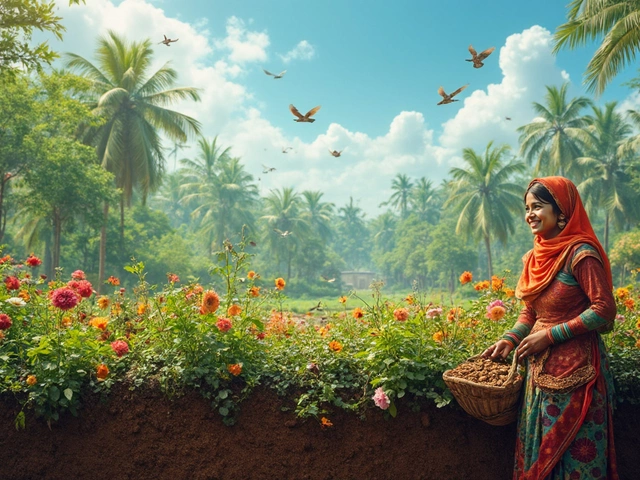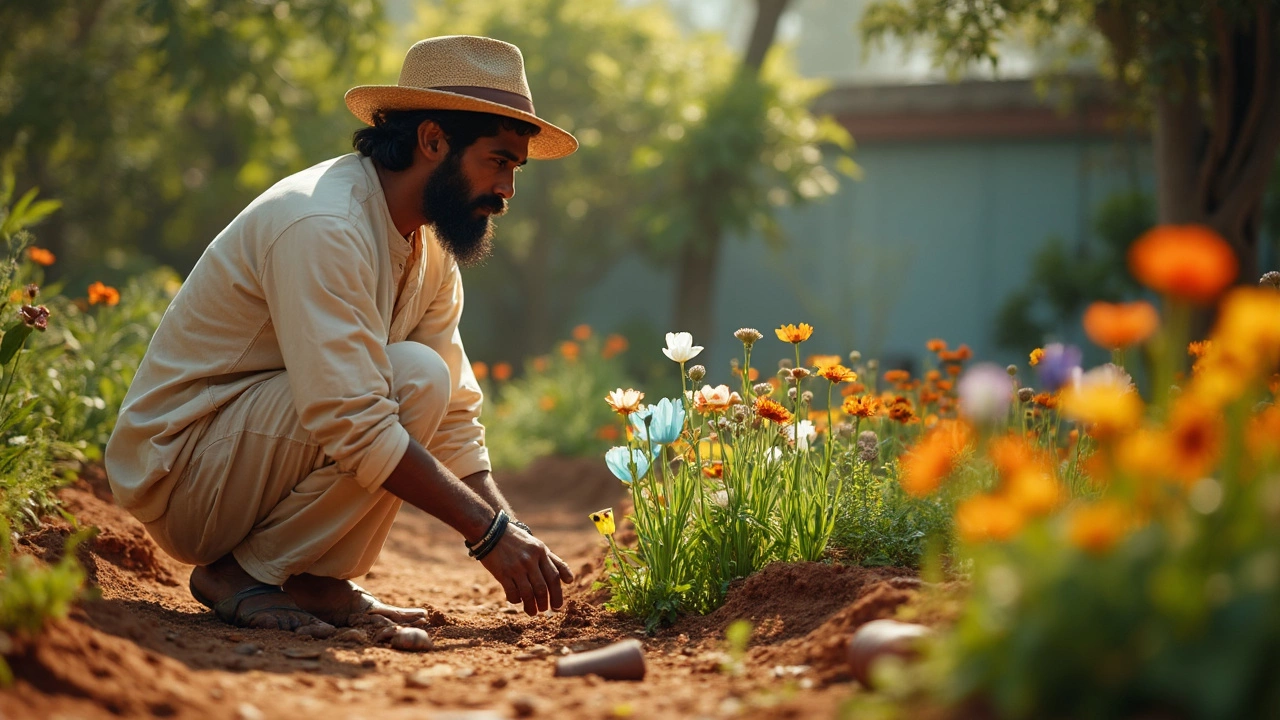Hardest Flower to Grow in India – What Makes It So Tough?
Ever tried to grow a flower that just won’t cooperate? You’re not alone. Some blossoms need very specific conditions, and when those miss the mark, the plant sighs and dies. In India’s varied climate, a few flowers stand out as real trouble‑makers. Knowing why they’re hard helps you decide if you want the challenge or should pick something easier.
Why Some Flowers Are Super Tough
First, climate mismatch is the biggest killer. A flower that thrives in cool, misty hills will wither in hot, dry plains. For example, the Blue Himalayan Poppy loves alpine chill and can’t handle the heat of a Delhi summer. Next, soil preference matters. Many exotic blooms need well‑drained, slightly acidic soil, while Indian gardens often have heavy, alkaline clay. If the roots sit in water for too long, they rot before they even sprout.
Watering habits also play a role. Some flowers, like the Camellia, need steady moisture but hate waterlogged roots. Others, such as the Bird of Paradise, prefer the soil to dry out a bit between watering. Getting the balance wrong leads to leaf drop, yellowing, and eventually death.
Pests and diseases are another hidden factor. Flowers with soft, thin leaves attract aphids and fungal attacks quickly. In humid regions, diseases spread fast, and a weak plant can’t fight back. Finally, the amount of sunlight matters. A plant that needs full sun will stretch and droop if placed in shade, while a shade‑loving flower will scorch under direct rays.
Practical Tips to Grow Those Hard Flowers
Start with the right spot. Check the flower’s native climate and match it as closely as possible. If you’re in a hot zone, consider growing the plant in a raised bed or pot where you can control soil type and drainage. Adding sand, compost, and a bit of peat can mimic the lighter soils many tough flowers love.
Water wisely. Use a moisture meter or simply stick your finger an inch into the soil – if it feels dry, water. For plants that hate soggy roots, add a layer of gravel at the bottom of the pot. For moisture‑loving ones, mist the leaves in the early morning to keep humidity up without making the soil swampy.
Protect from pests early. A quick spray of neem oil or homemade garlic spray can keep aphids at bay. Keep the garden clean, remove dead leaves, and give the plant space to breathe. Good air circulation reduces fungal problems.
Feed the right way. A balanced, slow‑release fertilizer applied in early spring gives the flower a nutrient boost without over‑feeding. Over‑fertilizing can cause weak growth and make the plant more vulnerable.
Finally, be patient. Some tough flowers take longer to establish. The Orchid, for instance, may need a year before it shows its first bloom. Keep an eye on growth signs – new leaves, steady height increase – and adjust care as needed.
If you still feel the flower is too demanding, consider starting it in a greenhouse or indoor setup where you can control temperature, light, and humidity precisely. Many gardeners succeed with the hardest blooms by moving them indoors during extreme weather.
Bottom line: the hardest flower to grow isn’t impossible; it just needs a little extra attention. Match the plant’s needs with your garden’s conditions, keep a close watch on water and pests, and you’ll turn a stubborn blossom into a proud centerpiece.
Hardest Flower to Grow: Top Challenge for Indian Gardeners
Everyone loves colorful flowers, but some are true troublemakers. This article breaks down what makes certain flowers nearly impossible to grow in Indian gardens. Get clear reasons, surprising facts, and pro level tips if you’re feeling brave enough to try. Find out which flower holds the crown for difficulty, and why even experienced gardeners struggle. Perfect read if you want to test your green thumb or just curious about botanical challenges.
About
Flower Gardening
Latest Posts
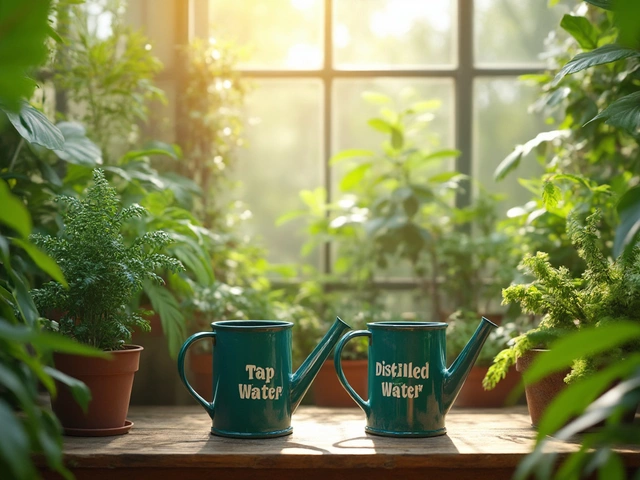

Which Fruit Is the King of India? All About Growing the Mango
By Alden Thorne Apr 19, 2025
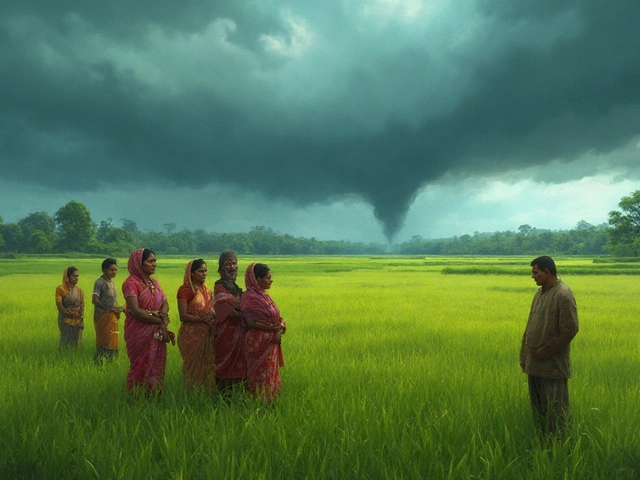
Risks of Rice Business: Common Challenges and How to Avoid Them
By Alden Thorne Aug 3, 2025
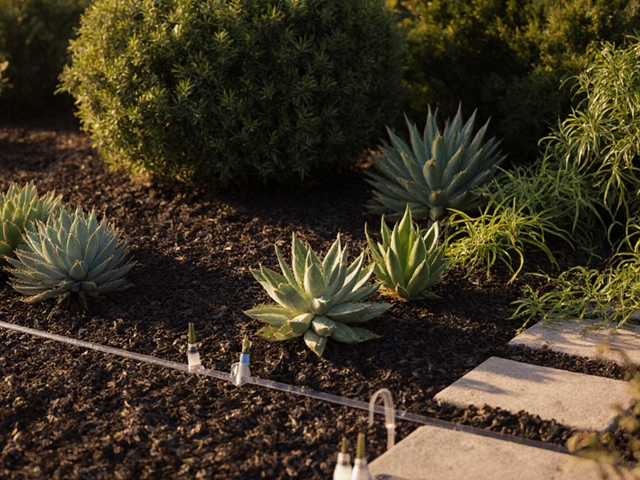
Best Low‑Maintenance Garden Ideas for Sustainable Living
By Alden Thorne Oct 21, 2025
